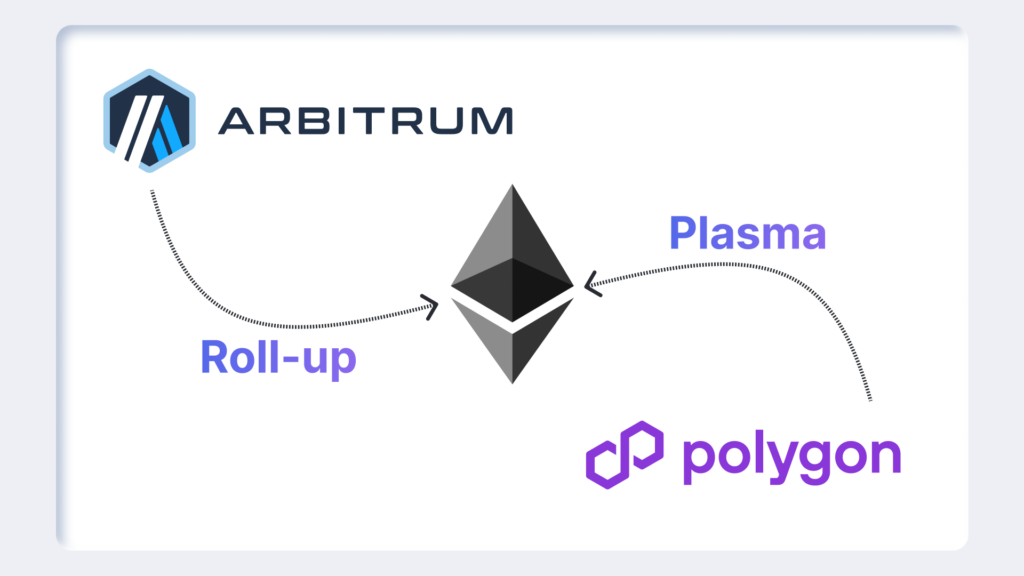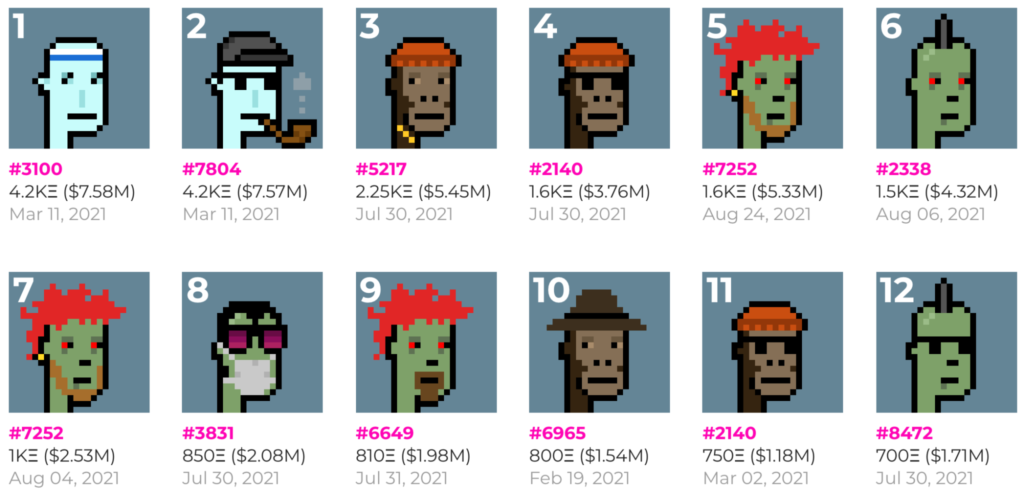Brazil’s B3 exchange added a new ticker to its boards this week, and it could redefine how institutions gain exposure to Ripple’s native asset. XRPH11, the world’s first XRP spot exchange-traded fund, opened for trading on April 25 under the stewardship of Hashdex, with Genial Investimentos acting as administrator and Genial Bank SA as custodian. The portfolio mirrors the Nasdaq XRP Reference Price Index and commits at least 95 % of net assets to physical XRP, leaving a sliver for cash and futures to handle liquidity swings.
For Hashdex, XRPH11 is product number nine on B3 and its fourth single-asset crypto ETF after BTC, ETH and SOL. The firm’s pitch is simple: sophisticated investors want regulated, on-exchange access to alt-coins without custody headaches, and Brazil’s equity market infrastructure is mature enough to host it. “Diversification and transparency remain our compass,” chief investment officer Samir Kerbage told reporters at the launch, adding that large institutions already hold BTC11 and ETHE11 and had pushed for an XRP sleeve.
Brazilian regulators have allowed spot-backed crypto funds since 2021, yet the local market still represents less than 1 % of global crypto ETP assets under management. Hashdex hopes XRPH11 will change that calculus; JPMorgan analysts recently projected up to US $8 billion in inflows to crypto ETFs once alt-coin products hit their stride. XRP vehicles are already showing traction abroad: CoinShares reported US $37.7 million in net inflows to XRP-focused funds last week, outpacing every other digital asset category.
Still, history offers caution. Last year’s SOL ETF on B3 struggled to attract volume after an energetic debut. Liquidity will be a decisive test, especially because XRP turnover on Brazilian exchanges trails BTC and ETH by a wide margin. Kerbage argues that demand from regional hedge funds and corporate treasurers will give XRPH11 staying power—provided global appetite for the token keeps rising.
Across the equator, U.S. money managers are racing to replicate Brazil’s head start. Grayscale, 21Shares and Bitwise have spot XRP ETFs before the Securities and Exchange Commission, and ETF-store president Nate Geraci calls approval “obvious—just a matter of time.” Former SEC chair Gary Gensler often cited the absence of a regulated futures market when rejecting alt-coin products. That roadblock vanished in January when CME quietly spun up cash-settled XRP contracts, reinforcing optimism under incoming chair Paul Atkins, a noted crypto advocate.
If Washington follows São Paulo’s lead, XRPH11 could become a template rather than an outlier. For now, the fund offers Brazilian allocators a first-mover advantage in a global race to package crypto’s payment rail into traditional wrappers. Its success—or failure—will signal whether XRP can shoulder institutional scale outside courtrooms and Twitter threads.
Ultimately, XRPH11 is a wager that regulated rails can unlock latent demand for a digital asset engineered for cross-border settlement. Should volume and assets climb, expect other issuers—and other jurisdictions—to accelerate their own XRP filings. If not, the market will chalk it up as another reminder that liquidity is earned, not guaranteed.


